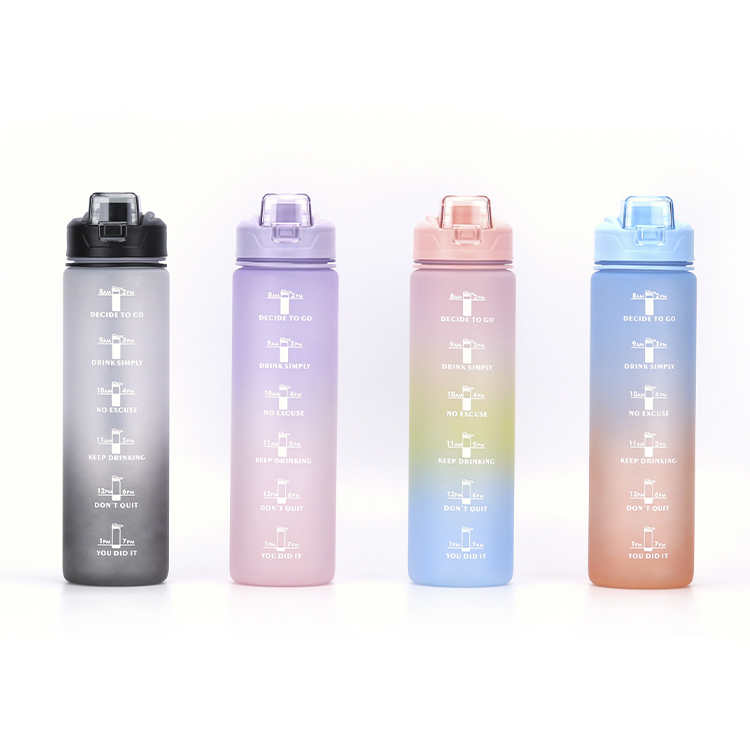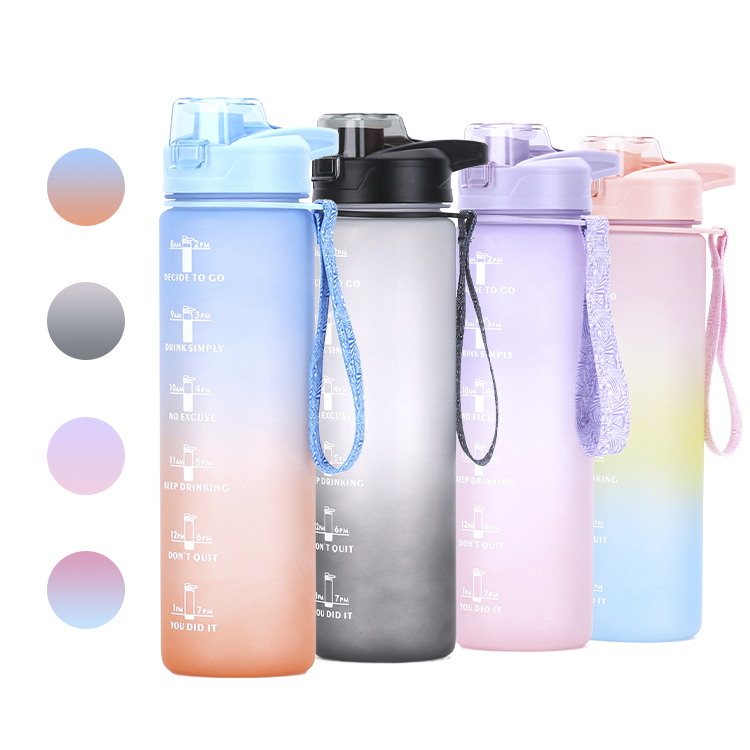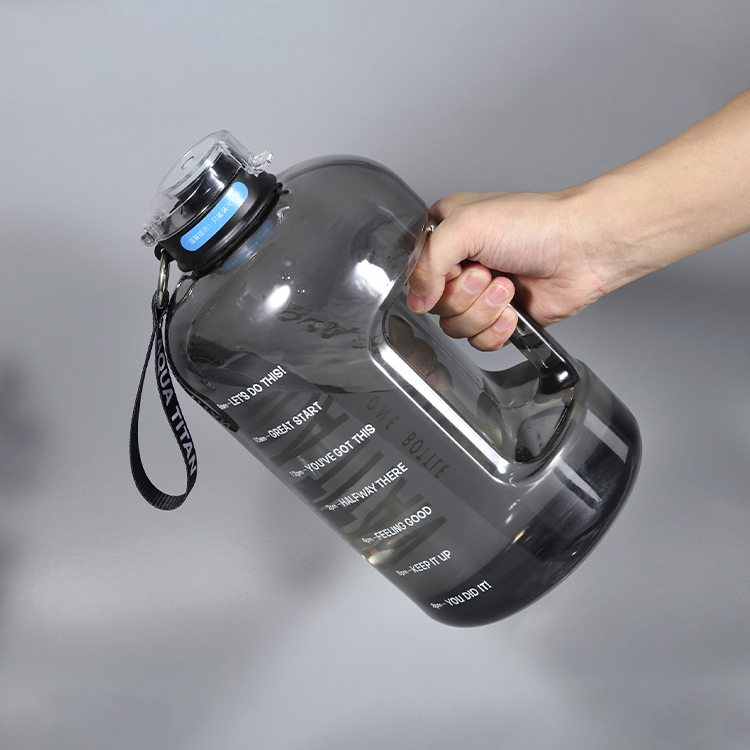A well-planned hydration schedule throughout the day is essential for maintaining good health and staying properly hydrated. Here’s a reasonable water drinking schedule for a day:

- Morning:
- Start your day by drinking a glass of water (about 8 to 16 ounces) upon waking up.
- This helps rehydrate your body after a night’s sleep and kickstarts your metabolism.
- Breakfast:
- Have another glass of water with your breakfast.
- It aids in digestion and prepares your body for the day ahead.
- Between Meals:
- Divide the remaining intake of water between your meals, aiming for consistent hydration throughout the day.
- Drink a glass of water 30 minutes before each main meal to help control appetite and prevent overeating.
- Between meals, sip water regularly to maintain hydration.
- Physical Activity:
- If you exercise or engage in physical activity, drink water before, during, and after your workout.
- Consume at least one or two glasses of water about 1-2 hours before exercising.
- During the activity, drink 7 to 10 ounces of water every 10-20 minutes.
- After the workout, replenish fluids by drinking water to compensate for the sweat loss.
- Evening:
- Consume the majority of your daily water intake before dinner.
- This prevents disturbances during sleep due to frequent urination.
- Dinner:
- Enjoy a glass of water with your dinner.
- It aids in digestion and helps you feel satisfied.
- Before Bed:
- Drink a small glass of water before going to bed.
- This ensures adequate hydration overnight and helps support various bodily functions.
Additional tips:

- Listen to your body’s thirst signals and drink water whenever you feel thirsty.
- Consider other factors that may increase your water needs, such as hot weather, intense physical activity, or certain health conditions.
- Keep a water bottle with you to make it easy to sip throughout the day.
- Monitor the color of your urine. Pale yellow urine usually indicates proper hydration, while dark yellow urine suggests dehydration.
Remember that individual water needs may vary based on factors such as age, weight, activity level, and overall health. It’s always a good idea to consult with a healthcare professional for personalized advice regarding your hydration needs.

